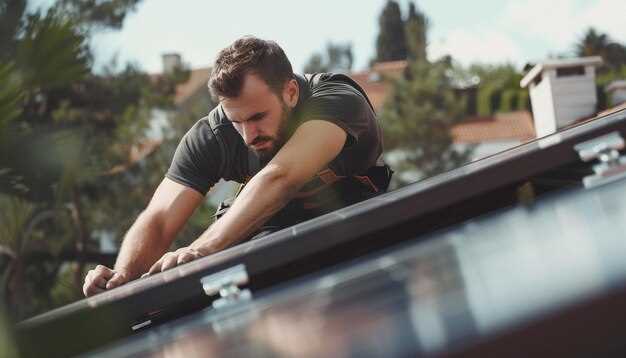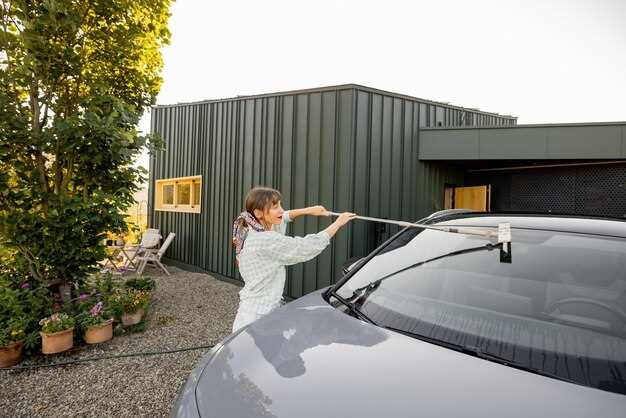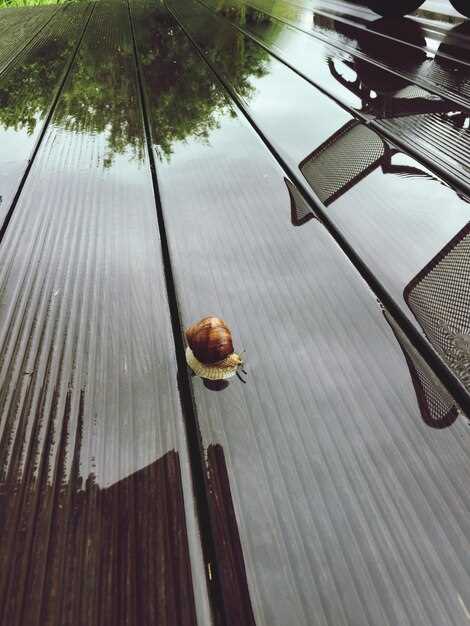
Having a sunroof in your vehicle can enhance your driving experience by allowing natural light and fresh air into the cabin. However, a leaky sunroof can quickly turn a luxury feature into a major headache. Water leaks can lead to interior damage, mold growth, and costly repairs if not addressed promptly. Understanding how to identify and repair a leak in your sunroof can save you time, money, and stress.
This guide will walk you through the essential steps for diagnosing and repairing sunroof leaks effectively. Whether you’re dealing with a minor drip or a more significant water intrusion, being equipped with the right techniques and tools is crucial for a successful repair.
We will explore common causes of sunroof leaks and offer practical solutions that you can implement at home. With a bit of diligence and the right approach, you can restore your sunroof’s functionality and enjoy the open air without worry again. Let’s dive in and tackle those pesky leaks!
Identifying Common Causes of Sunroof Leaks

Sunroof leaks can be frustrating and damaging to your vehicle’s interior. Understanding the common causes can help you effectively address the issue. One of the primary reasons for sunroof leaks is clogged drainage channels. These channels are designed to carry away water that may enter when the sunroof is open or during rain. If debris accumulates in these channels, water can back up and leak into the cabin.
Another potential cause is damaged or worn seals. The rubber seals around the sunroof create a watertight barrier, but over time, they can deteriorate due to exposure to sunlight and weather conditions. Cracks or gaps in these seals will allow water to seep into the vehicle.
Improper alignment of the sunroof can also lead to leaks. If the sunroof is not fitted correctly within its frame, it may not close properly, resulting in spaces where rainwater can enter. Regular checks can reveal if your sunroof needs realignment to prevent leaks.
Additionally, a malfunctioning sunroof motor can cause issues. If the motor does not fully close the sunroof or if it gets stuck, water may enter through the gaps. It is essential to ensure that the sunroof operates smoothly and closes completely to avoid future problems.
In conclusion, identifying these common causes of sunroof leaks can assist you in taking appropriate repair measures. Regular maintenance and prompt attention to any warning signs can help keep your sunroof functioning properly and prevent unwanted leaks.
Step-by-Step Instructions for Repairing a Sunroof Leak
Identifying the source of the leak is the first step in the repair process. Inspect the sunroof edges, seals, and drainage channels for any visible damage or obstruction.
Next, remove any debris that may be clogging the drainage channels. Use a soft brush or compressed air to clear out leaves, dirt, and other particles to ensure proper water flow.
If the seals appear to be worn or damaged, consider replacing them. Remove the old seal carefully and clean the area before installing a new one. Make sure the new seal fits snugly to prevent further leaks.
After installing the seal, test the sunroof by running a water hose over it to check for any remaining leaks. Watch closely for any water entering the vehicle.
If water still seeps through, further inspection of the drainage tubes is necessary. Detach the tubes from the sunroof assembly and clear any blockages that may be present. Replace the tubes if they are cracked or damaged.
Once all repairs are made, reassemble the sunroof components. Ensure all screws are tightened and the sunroof operates smoothly. Finally, conduct another water test to confirm the leak has been successfully repaired.
Preventive Measures to Avoid Future Sunroof Leaks

To prevent potential leaks in your sunroof, regular maintenance is essential. Start by periodically cleaning the drainage channels that allow water to exit. Debris such as leaves and dirt can clog these pathways, leading to water accumulation and leaks.
Inspect the rubber seals surrounding the sunroof for any signs of wear or damage. Replacing worn seals promptly can prevent water from penetrating the interior of your vehicle.
Ensure that the sunroof operates smoothly by testing it frequently. If you notice any grinding noises or resistance during operation, it may indicate misalignment that could lead to leaks. Addressing these issues early can prevent the need for extensive repairs later.
Also, consider applying a weatherproofing treatment to the seals. This can add an extra layer of protection against moisture intrusion and extend the lifespan of the seals themselves.
Finally, parking your vehicle in a sheltered area or using a sunshade can minimize exposure to environmental factors that may contribute to seal deterioration, helping to maintain the integrity of your sunroof and avoid future repairs.




